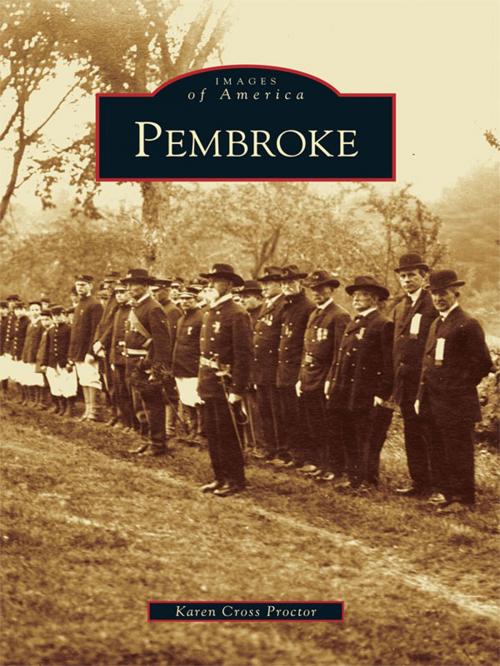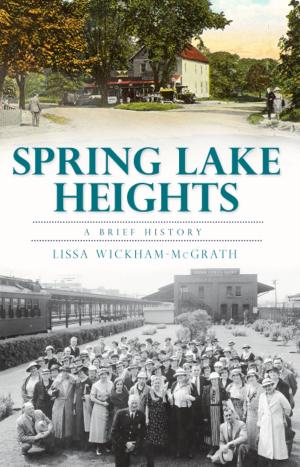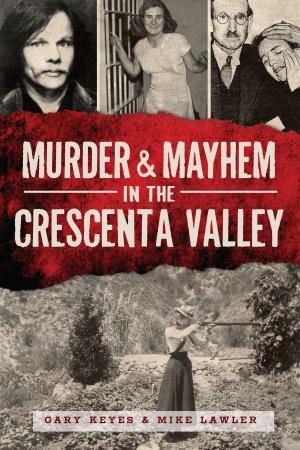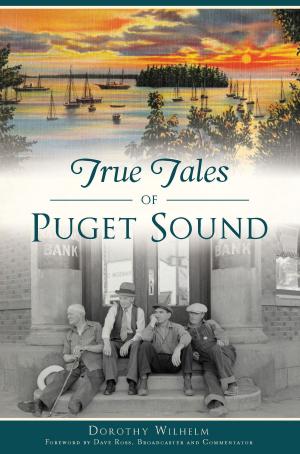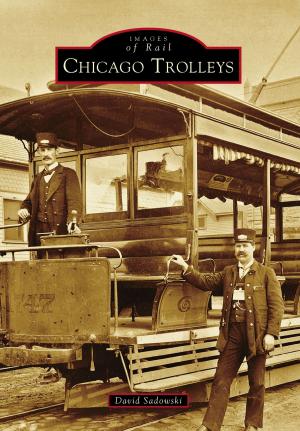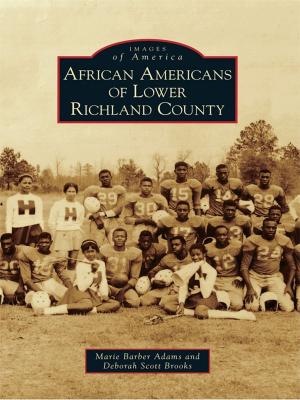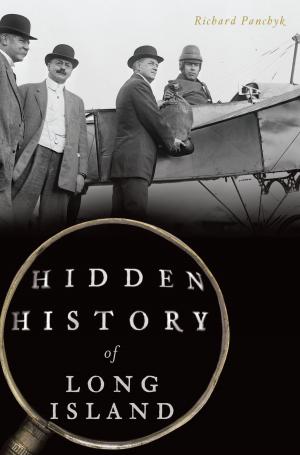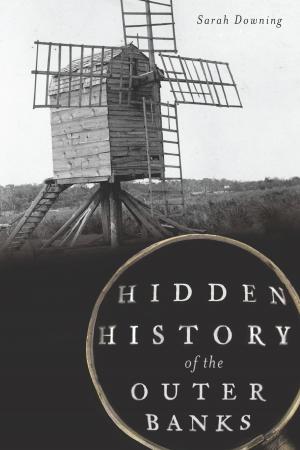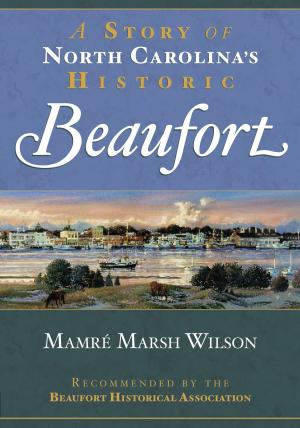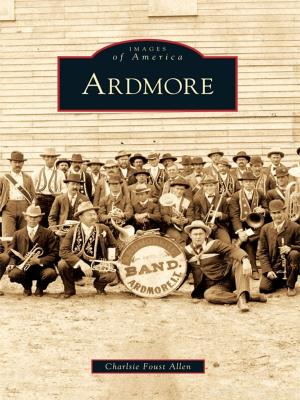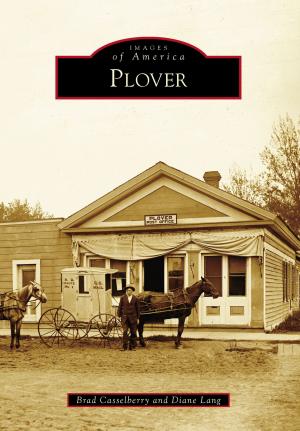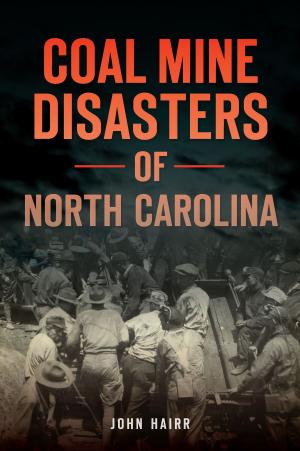| Author: | Karen Cross Proctor | ISBN: | 9781439637081 |
| Publisher: | Arcadia Publishing Inc. | Publication: | September 8, 2008 |
| Imprint: | Arcadia Publishing | Language: | English |
| Author: | Karen Cross Proctor |
| ISBN: | 9781439637081 |
| Publisher: | Arcadia Publishing Inc. |
| Publication: | September 8, 2008 |
| Imprint: | Arcadia Publishing |
| Language: | English |
In the 1640s, Robert Barker and two companions canoed up the North River and turned onto one of the herring brooks, bringing Barker to the area where he eventually settled his family. Settlers from the coast soon began moving inland and small settlements sprang up. To incorporate the town of Pembroke in 1712, the First Church of Pembroke was established and a minister was settled. In the 18th and 19th centuries, Pembroke was defined by neighborhoods centering around eight district one-room schoolhouses. Each neighborhood had a distinct character, from the bustle of commerce in Bryantville, to the rural charm of Crookertown and Fosterville, to the shipbuilders, shoemakers, and iron founders in North Pembroke. The Bay Path, a main route from Boston to Plymouth, ran through the West Elm and High Street neighborhoods. Over the generations, these diverse and vibrant communities have helped to shape Pembroke into the town it is today.
In the 1640s, Robert Barker and two companions canoed up the North River and turned onto one of the herring brooks, bringing Barker to the area where he eventually settled his family. Settlers from the coast soon began moving inland and small settlements sprang up. To incorporate the town of Pembroke in 1712, the First Church of Pembroke was established and a minister was settled. In the 18th and 19th centuries, Pembroke was defined by neighborhoods centering around eight district one-room schoolhouses. Each neighborhood had a distinct character, from the bustle of commerce in Bryantville, to the rural charm of Crookertown and Fosterville, to the shipbuilders, shoemakers, and iron founders in North Pembroke. The Bay Path, a main route from Boston to Plymouth, ran through the West Elm and High Street neighborhoods. Over the generations, these diverse and vibrant communities have helped to shape Pembroke into the town it is today.
